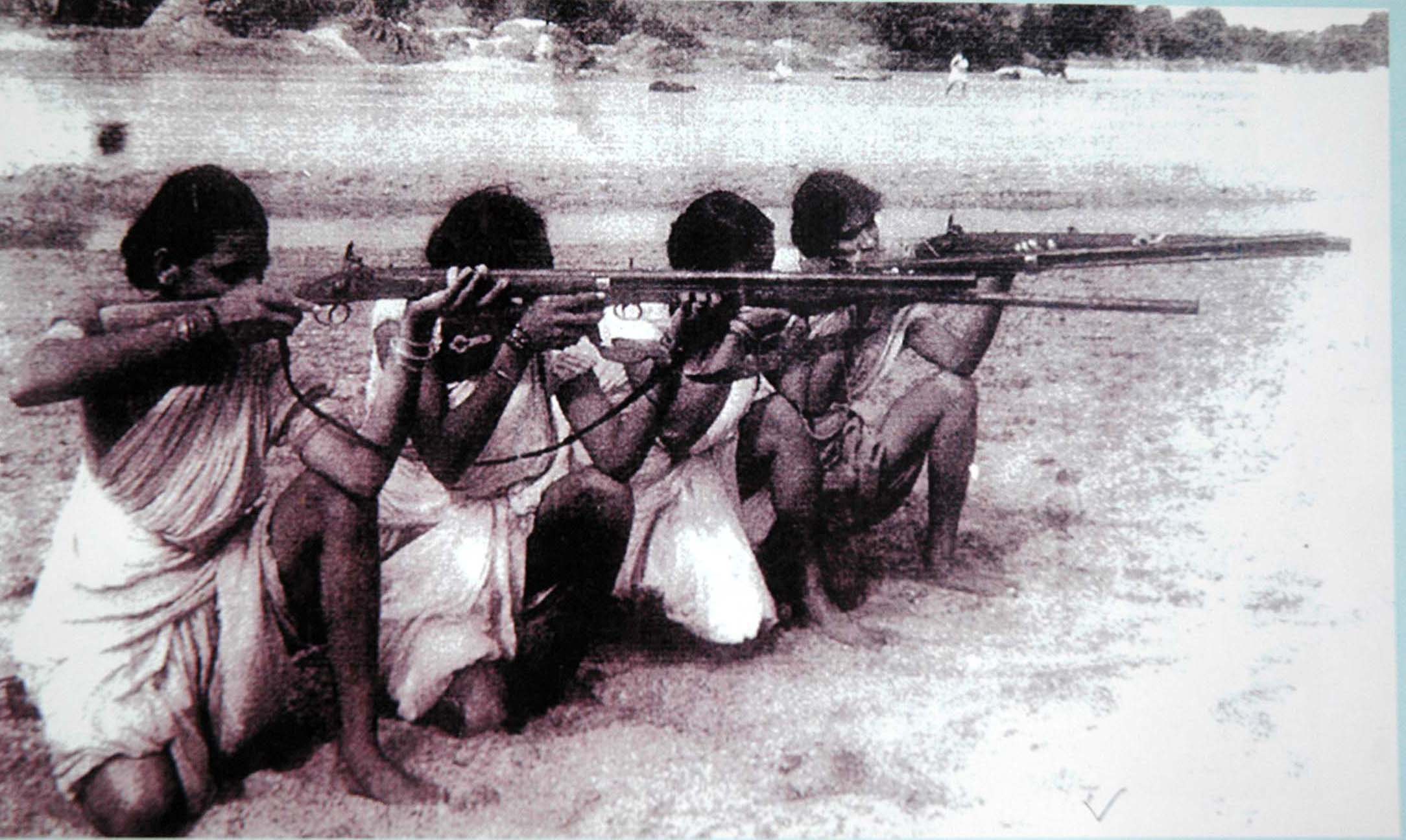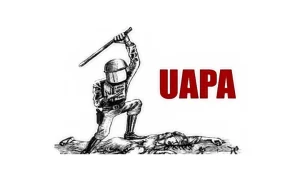The Telangana Peasant Struggle (1946- 1951) led by the erstwhile Communist Party of India (CPI) was one of the most radical struggles in the history of modern India. Telangana was a part of the princely state Hyderabad ruled by the Nizam Osman Ali Khan, a proBritish feudal ruler. His predecessors signed the ‘Treaty of Perpetual and General Defensive Alliance’ with the East India Company in 1800, making the Nizamate ‘an equal partner with the Company.’ The Nizam supported the British against the Tipu Sultan and the Revolt of 1857, ensuring British dominance in peninsular India.
During Nizam’s rule, just like any other feudal regime, the agrarian economy was replete with hereditary landholder, i.e., the ‘Deshmukhs’, ‘Jagirdars’, and mercantile caste groups who were loyal to Nizam, most of the peasants were landless agricultural labourers. Only some of them were lucky enough to receive wages, and the rest were subjected to the system of vetti, i.e., forced and unpaid work. Between 1901 and 1941, the number of landless labourers increased by 473% in the district of Nalgonda alone and 234% in Warangal. The biggest problem that the rural peasantry faced was that of the levy system. Britain’s participation in WWII led to a massive expropriation of resources from India. In Telangana, the government decided to take a certain amount of grain as a ‘levy per acre’, irrespective of the production. As the collectors entered the villages, the wealthier villagers bribed them not to collect from their hoards, hid their surplus grain underground, and sold it on the black market at higher prices. Therefore, the burden of the levy of collection fell hardest on the poor cultivator.
Nizam’s territory remained immune to mass politics because of the ban on nationalist and political organisations imposed through the New Public Safety Act, 1938. However, the Andhra Mahasabha was established by left-wing Congress members and Communists in 1930. Until 1937, Congress under Gandhi pursued a strategy of noninterference in the affairs of princely states. Things changed when the winds of nationalism hit Hyderabad. Andhra Mahasabha in 1941, took radical resolutions to the abolition of vetti and the ownership rights of the tenants. By this time the CPI had established itself in the rural areas by intervening in the levy collection process. They accompanied the peasants, ensured correct measurements of food grains, and secured proper prices. The Telangana rebellion was the result of organising efforts by the Communist revolutionaries during the earlier period, 1930-1946.
The spark that set the stage on fire was the murder of Doddi Komaraiah. On July 4, 1946, Komaraiah was killed whilst a procession of Andhra Mahasabha cadres surrounded the landlord Visnuru Ramachandra Reddy’s house in the village of Kadavendi. Visnuru Ramachandra Reddy was among the many notorious landlords owning a whopping 40,000 acres of land. The Mahasabha members were subjected to inhuman torture by the police. The day of Komaraiah’s death was observed as Komaraiah Day, wherein the peasants pledged themselves to fight landlordism continuously. Inspired by the Soviets during the Russian Revolution, ‘Sanghams’, a voluntary association committed to a radical redistribution of resources, were established. People rose in rebellion in the entire Nalgonda district. Groups of people from one village armed with sticks and slings started marching to the neighbouring villages to rouse them. Public meetings became a common practice. Lands of the landlords were captured, the red flag hoisted and declared, “The sangham is organised here…no more vetti, no more illegal exactions, no evictions.” If the landlord did not carry out these orders of the sangham, he was socially boycotted. The orders of the sangham that none should work for the landlords in their fields or as barber, washerman, or domestic servant were carried out. The radicalism of women was also displayed as they became one of the most important constituents of the sangham. They provided most of the everyday support, such as reporting on police movements, acting as messengers, and feeding fighters and volunteers. By June 1948, ‘Sangham-rajyam’ had been established in 600 villages in Nalgonda district alone, 400 villages in Hyderabad district, 350 villages in Warangal, 300 villages in Karimnagar, 100 villages in Mahbubnagar, 80 villages in Medak, 50 villages in Adilabad, and 30 villages in Nizamabad. It must be noted that the land concentration under the landlords in these districts was immense. The administrative report of 1950-51 showed that in the three districts of Nalgonda, Mahbubnagar, and Warangal, the number of landlords owning more than 500 acres each was about 550. They owned 60-70% of the total cultivable land. The extent of exploitation by these landlords can be judged from the fact that 110 of them collected Rs 100 million every year in various taxes or exactions from the peasantry. The rebellion was not restricted to Telangana alone. The coastal Andhra districts had by the 1930s become the bastion of the CPI and the revolt started there after Telangana. Many Congress leaders, who transitioned from bourgeois nationalism towards Marxism learnt their lessons from Telangana. During the course of the struggle, the peasantry in about 3,000 villages, covering roughly a population of 3 million in an area of about 16,000 square miles, mostly in the three districts of Nalgonda, Warangal and Khammam had succeeded in setting up ‘gram raj’. In these villages, the hated landlords – the pillars of Nizam’s autocracy in the rural areas – were driven away from their fortress-like houses – ‘gadis’ – and their lands were seized by the peasantry. More than 1 million acres of land was redistributed among the peasantry under the guidance of the people’s committees, and the forced-labour service was abolished. The daily wages of agricultural labourers were increased and a minimum wage was enforced. Land distribution, education, health, and all other services were organised by the people’s committees. For a period of 18 months, the entire administration in these areas was conducted by the village peasant committees- an alternate state power. A powerful militia comprising 10,000 village squad members and about 2,000 regular guerrilla squads was in defence of the peasantry against the armed attacks of the Razakars and Nizam’s police. Lakhs of peasants, for the first time in their life, could have their regular two meals a day. This historic peasant rebellion shook the medieval autocratic regime of the Asaf Jahi dynasty to its roots, delivering death blows against it.
The fate of the revolt and the betrayal of the national leadership will be discussed in the next part.



